The First and Last Adam
by Creation Museum on April 10, 2025The message of the Creation Museum can be summarized by looking at the first Adam and the last Adam. God created a perfect world—no death, no disease, no suffering—and he gave the first Adam authority over it. When Adam rebelled against his Creator, he brought God’s judgment of death, suffering, and the curse upon this world. Like the first Adam, we have all sinned against God. Consequently, we all deserve the penalty for our sin—death and condemnation.
Jesus Christ is the last Adam. He came to redeem what the first Adam had destroyed. As the first Adam brought death into this world through his sin, the last Adam came to live a sinless life, die on the cross to pay for our sins, and conquer death by rising from the grave. One day, he will return and put an end to death, disease, suffering, and the curse. All who have received his forgiveness will dwell eternally with him in the new heavens and new earth.
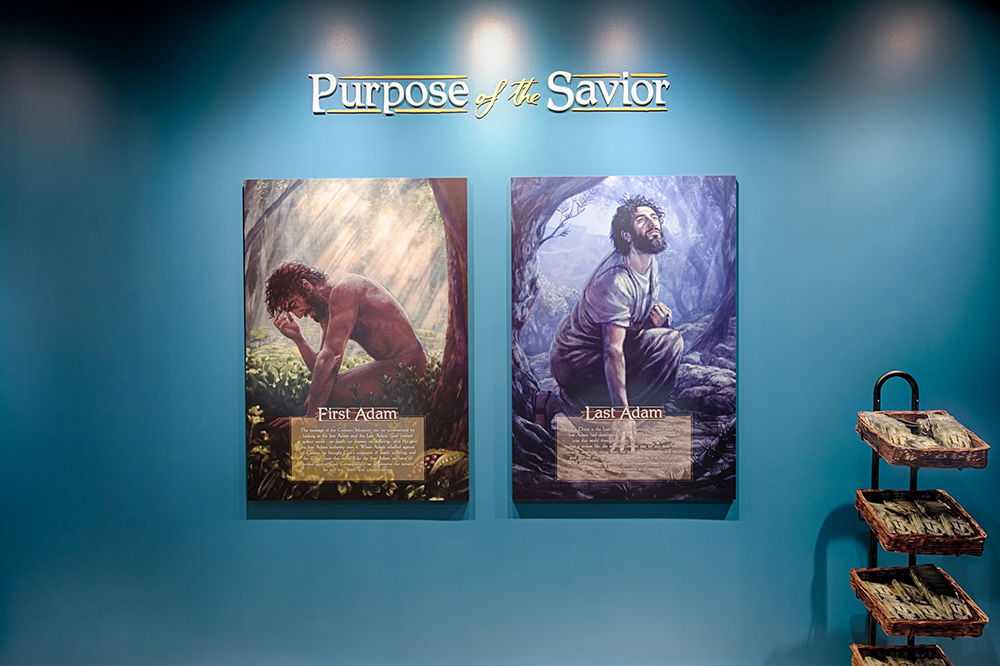
The Triumphal Entry
Not long after raising Lazarus from the dead, Jesus entered Jerusalem riding on a colt, the foal of a donkey, as foretold by the prophet Zechariah. Many people spread their clothes and palm branches on the road, a gesture reminiscent of a king’s coronation parade. The people hailed him as the long-awaited Messiah, praising him with language from the Psalms (Mark 11:1–11; John 12:12–19).

Cleansing the Temple
The next day, Jesus went into the temple, overturned the tables of the money changers, and drove out the people who had converted it into a marketplace. He scolded them and said that the temple was meant to be a house of prayer, but they had turned it into a den of thieves. This infuriated the chief priests, and they looked for an opportunity to kill him (Matthew 21:12–17; Mark 11:12–19).
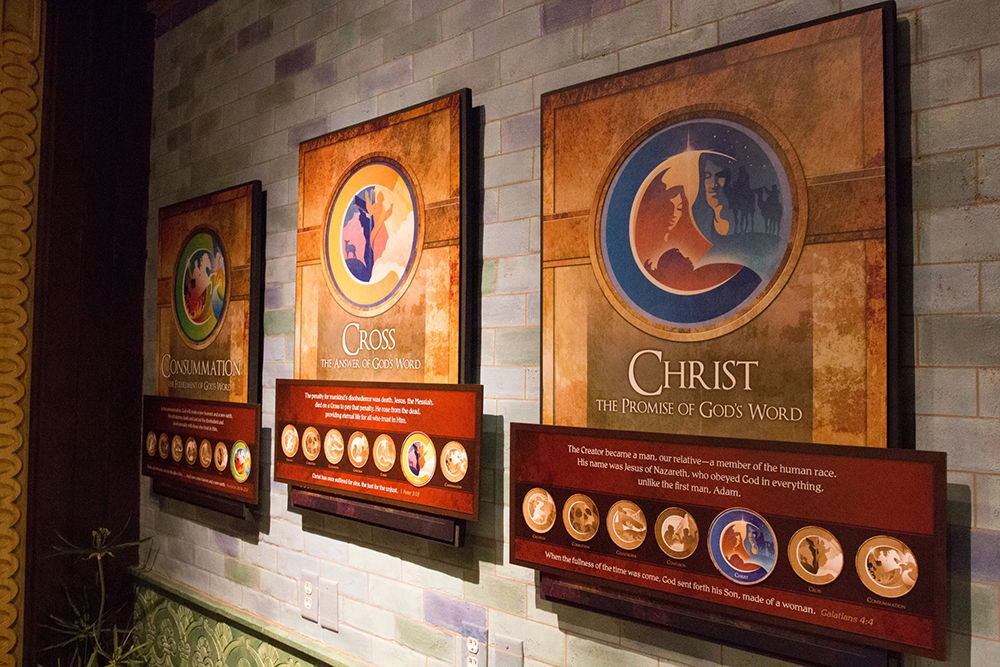
The Last Supper
On the night of his arrest, Jesus shared one final meal with his disciples. He washed their feet as an example of how they should serve others. As a symbol of the new covenant, he gave them bread to eat and wine to drink, representing his body and blood that would be sacrificed on the cross the next day (Matthew 26:26–29; John 13:1–20).
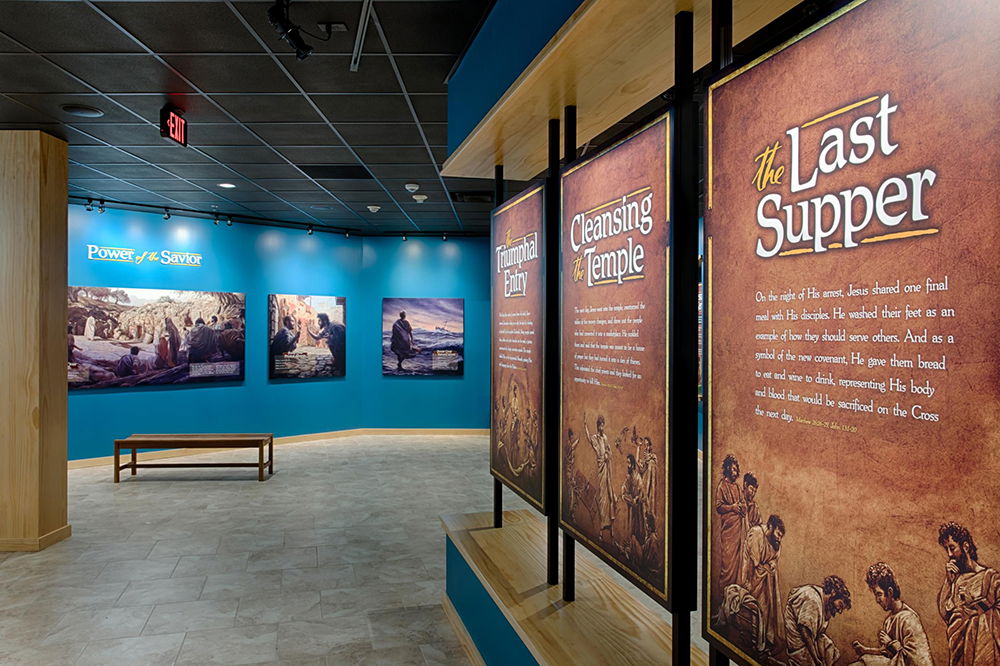
It Is Finished
Just before he died, Jesus said, “It is finished.” In the original language, this referred to a debt that had been paid in full. In other words, his sacrificial death paid the full price of our sin debt (John 19:30).
Followers of other religions generally believe that they can earn eternal life by performing good deeds. But if this were true, then the Son of God did not need to die on the cross, and Jesus would have been mistaken when he said that no one could come to God except through him (John 14:6).
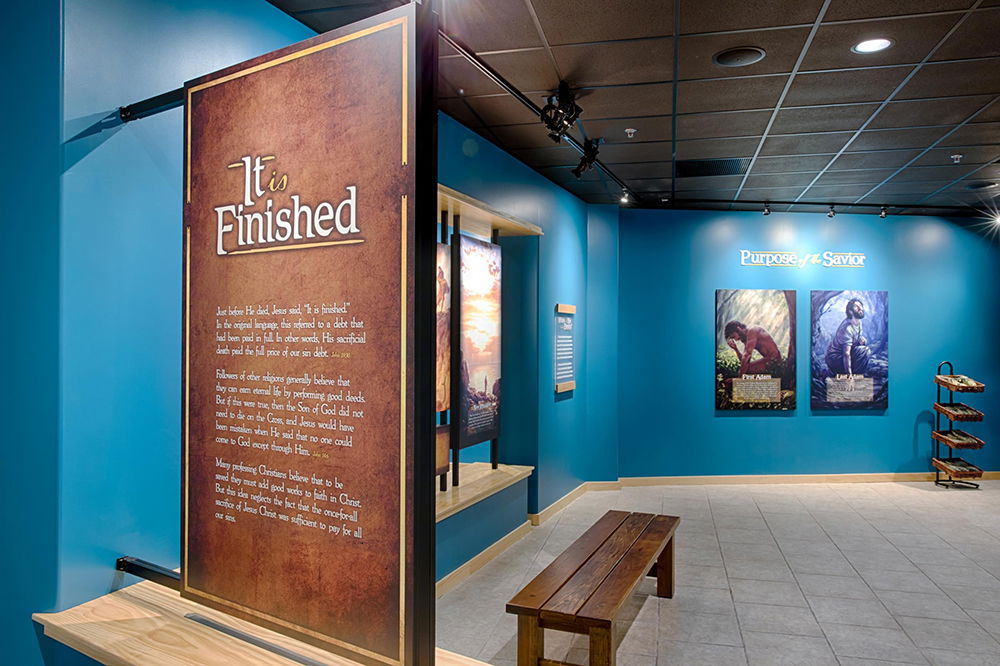
Many professing Christians believe that to be saved they must add good works to faith in Christ. But this idea neglects the fact that the once-for-all sacrifice of Jesus Christ was sufficient to pay for all our sins.
Why Was Jesus Crucified?
The Bible explains that death is the penalty for sin and that without the shedding of blood, there can be no forgiveness (Romans 6:23; Hebrews 9:22).
For centuries, God's people shed animal blood to cover their sins, but the fact they had to do it over and over showed they couldn’t permanently solve their sin problem (Hebrews 10:4).
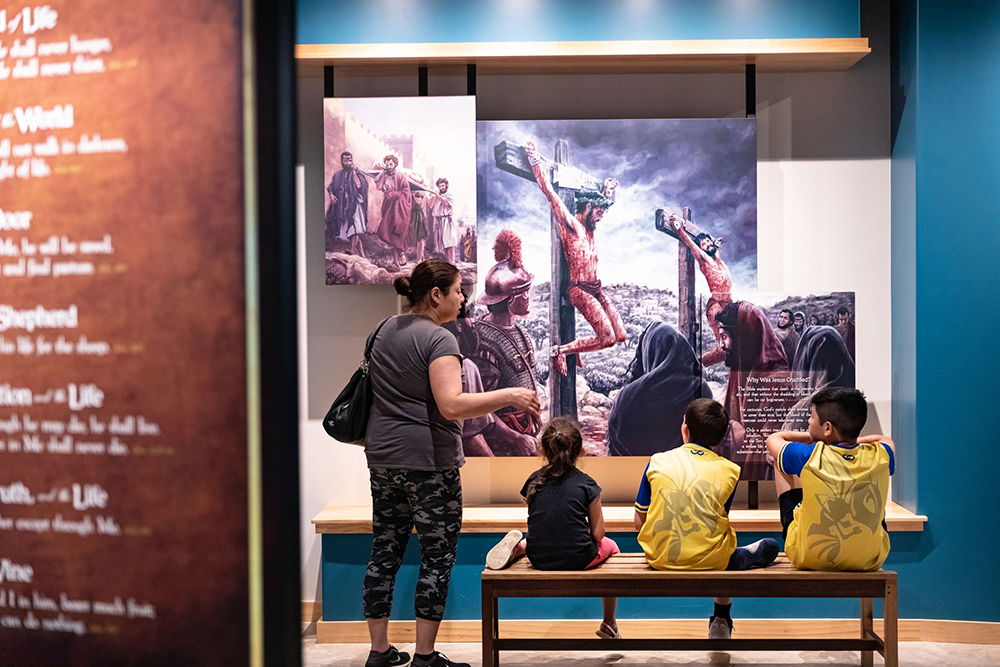
Only a perfect man could pay for our rebellion. We are all corrupted by sin, so the Son of God became a man, lived a sinless life, and died on the cross as our substitute—the perfect, once-for-all sacrifice for sin.
He Is Risen
The resurrection of Jesus Christ demonstrated much more than just his power over the grave. It also gives us confidence in our hope of eternal life.
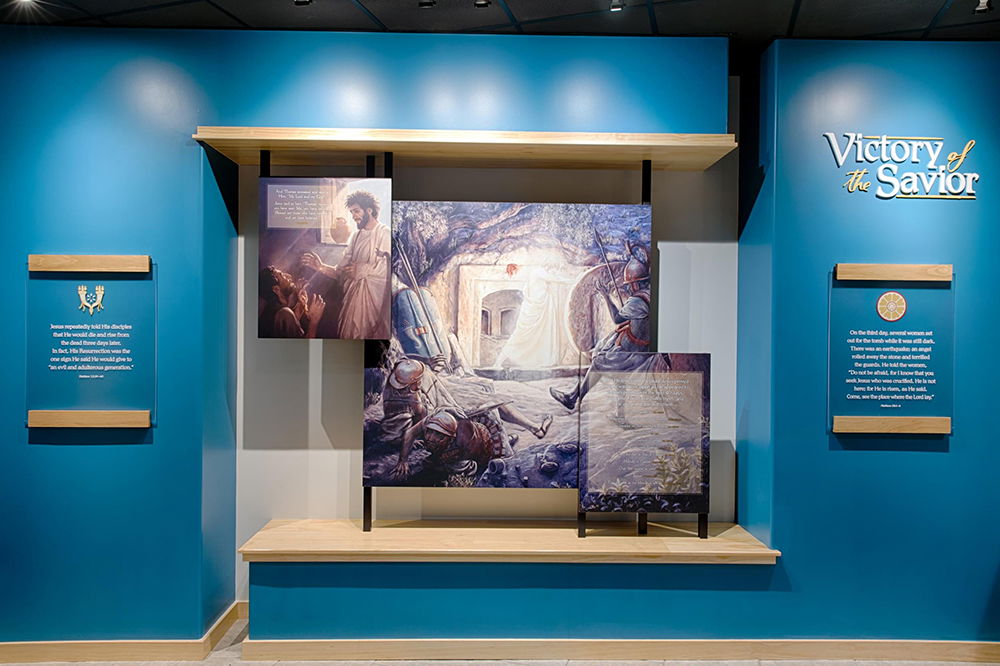
This amazing miracle demonstrates that God fully endorsed the work and claims of Jesus. This is particularly significant in regard to Christ’s claims of divinity. If Jesus was not God in the flesh, as he claimed, then why would God respond by fulfilling a prediction that confirms the truth of Christ’s claims? Therefore, the resurrection of Jesus Christ proves both his divinity and that he had God’s absolute approval.
The resurrection also grants believers in Christ a preview of the future in which they will also be raised in glorified bodies. Our corruptible and mortal bodies will become incorruptible and immortal (1 Corinthians 15:53).
Start planning your visit to the Creation Museum, and be sure to walk through our Christ, Cross, Consummation exhibit on the lower level of the museum to equip your family with answers about Jesus’ life and death this Easter season.
And remember, we’re currently hosting Family Adventure Days on Mondays in April and May (except Memorial Day). Visit CreationMuseum.org/family to learn more and to purchase your tickets.